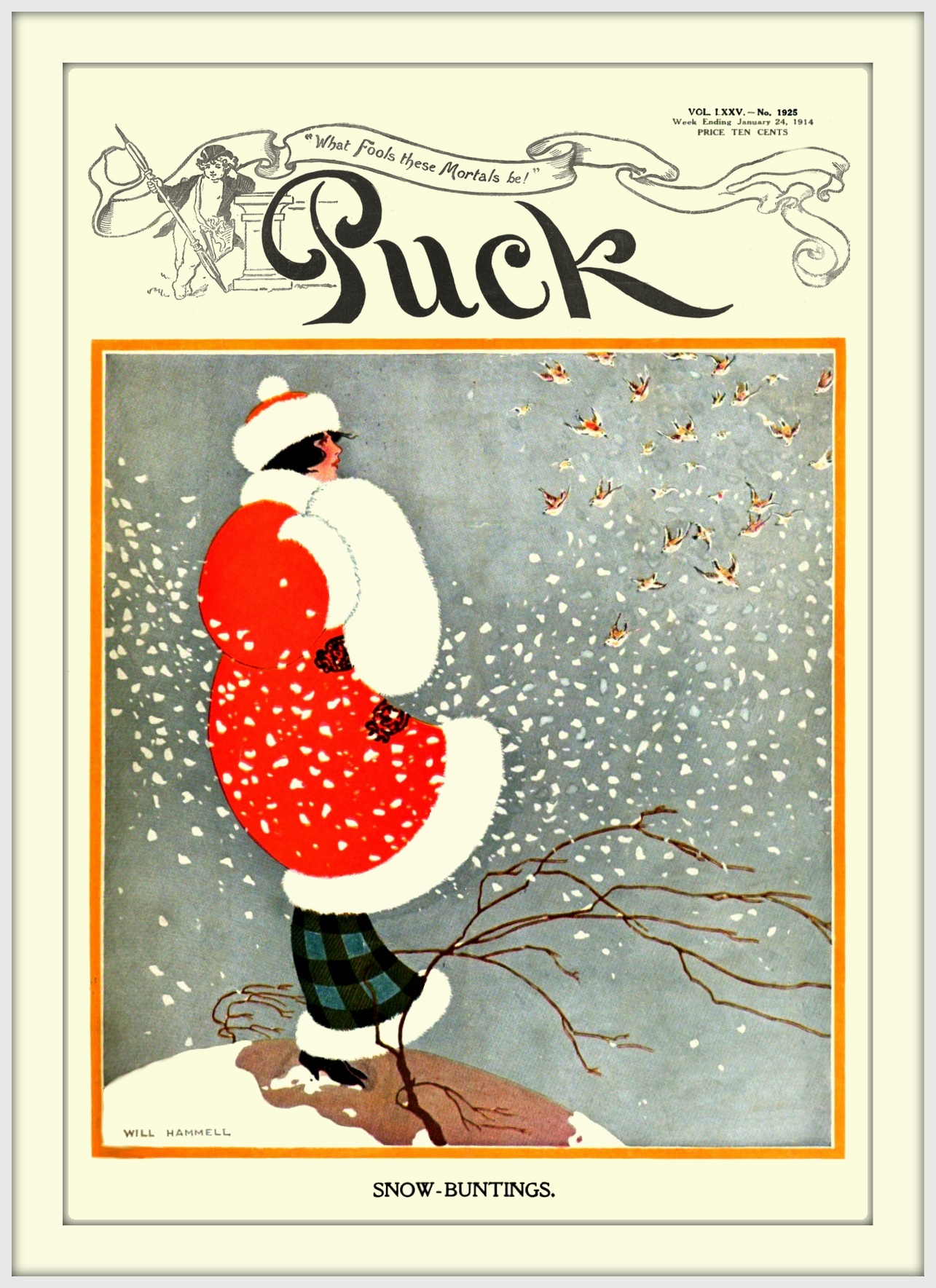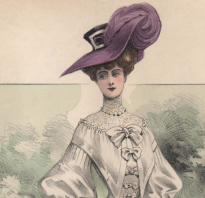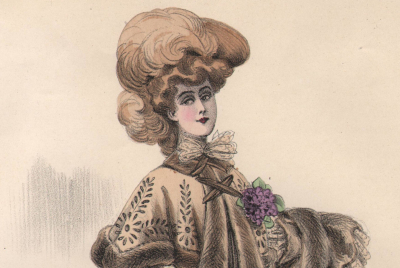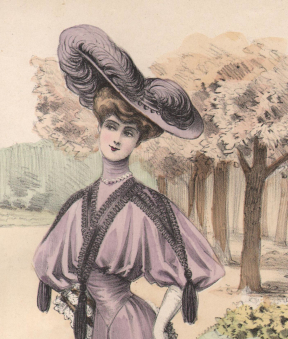Fashion Plates
Before there was the Internet or even television for women to see what the hottest trends in fashion might be, they had to rely upon patterns, sketches and fashion magazines. Women often eagerly awaited the arrival of the latest magazine full of fashion plates as their own children dreamed about the arrival of the Sear’s catalog and Christmas morning. The fashion plates were drawings designed to show the styles and types of fabrics and embellishments being used. Quite often seamstresses would have only the drawings from which to design their own patterns.
Even before printed materials were available, fashions and popular hairstyles were identified through royal portraits and fashion dolls.
Paris was the place to be if you were interested in high fashion but it was actually England that first issued fashion plates around 1770. It wouldn’t be until 7-8 years later that a French fashion plate publication would see “irregular” distribution. Fashion plates in magazines let women around the world see what was popular, even if it would be several months out of date. The fashion plate images from this period are some of the most beautiful in the entire collection on Free Vintage Art. Best of all, they are all in the public domain, at least in the United States, and are ready to be incorporated into your creative projects.
As printing techniques and the photography industry matured, fashion plates were phased out in favor of photographs.
I can’t imagine how women suffered back then in the name of fashion. We might have Spanx, panty hose and girdles. They had crinolines, bustles and corsets so tight that they broke ribs and led some women to even having a rib or two removed. Thankfully, we don’t have to do that anymore. I’m always amazed at how elaborate and complicated the designs were. After all, most of them were sewn completely by hand. According to Wikipedia, consumers didn’t generally own sewing machines until the 1860s. A sewing machine must have seemed quite magical – it took around one hour to machine sew a man’s shirt, a task that took fourteen and a half hours by hand. Electric machines wouldn’t come until 1889.
|
|
|||
 Snow BuntingWonderful cover illustration entitled “Snow Bunting” from the January 1914 edition of Puck magazine. The artist was Will Hammel (1888-1963). |
 Blue Shirtwaist BlouseIllustration from a 1915 woman’s magazine depicting a popular fashion trend – a medium dark shirtwaist blouse with added lace, tucks and a small bow at the neck. |
 L’Art et la Mode 1903 #37This is another of the wonderful French fashion images from the artist known only as Lucy. This time the lady is wearing a white taffeta gown and plum hat. |
 L’Art et la Mode 1903 #49Velvet, lace and mink are artfully combined in this stunning dress. This fine example of 1903 French fashion is most likely in the public domain. |
 L’Art et la Mode 1903 N°40Art and Fashion was a French magazine that discussed French society news and fashion. This pretty lady and her lovely purple and black dress were introduced in 1903. |
|||
Need More Inspiration?Looking for the perfect scrapbook paper, embellishment, ink or other item to finish your current project. Why wait for your next trip to the craft store when you can get the same items shipped to your door in as little as 2 days? I did a search on Amazon for vintage graphics to get you started. Maybe you'll find that little something that will transform your current creative project into something spectacular. |
|||